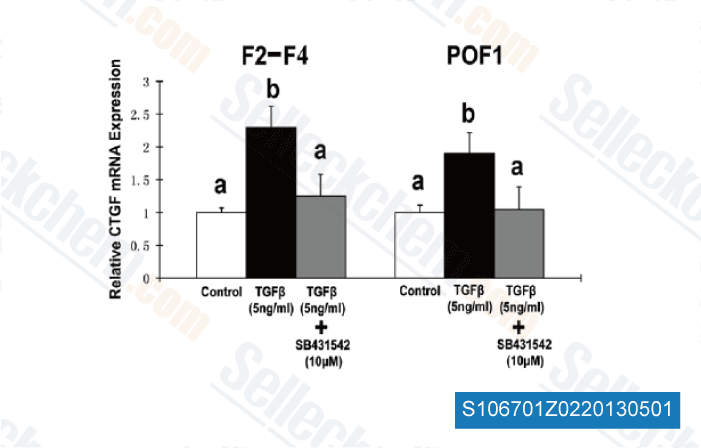Cultures were then rinsed with PBS and replaced with fresh culture media. Cell motility was then monitored at picked time factors beneath the inverted light microscope. siRNA Transfection Cells had been transfected with human RhoA, Rac1, Cdc42, ROCK1 and ROCK2 ONTARGETplus Smart pool composed of four distinctive duplexes, or even the siCONTROL RISC free of charge siRNA employing Invitrogen Lipofectamine accord ing for the companies instructions. The day just before transfection cells had been plated into six nicely plates, to ensure that they reached about 70% confluency the day of transfec tion. The quantity of siRNA employed was 160 pmol for Cdc42 and Rac1, 80 pmol for RhoA and 32 pmol for every ROCK1 and ROCK2 had been utilized in mixture. Treatments with siRNA have been replaced every single 24 hours and western blot examination verified the wanted certain gene silencing 48 hrs just after transfection.
3D culture For 3D culture experiments, cells had been grown on cover slips in 24 effectively plates in medium with 5 mg ml Matri gel. Briefly, 1 ? 104 cells have been mixed ezh2 protein inhibitor with the Matrigel containing medium along with a complete volume of 300 ul was added in every single nicely in an effort to kind a gel of one mm thickness. Plates had been placed in the cell incubator at 37 C for 1hour, in order that gel was formed and 500 ul of com plete medium was added to the top of it. Medium was changed every 2 days and cells left to expand for twelve days. Photographs of the 3D cultures were taken beneath light and confocal microscopes after the ideal staining. Statistical analysis Information are represented through the entire text with Stan dard deviation error bars. Statistical significance was tested using the unpaired Student t check.
Effects BRAFV600E induces distinct morphological selelck kinase inhibitor improvements in colon adenocarcinoma cells as in contrast to KRASG12V and reduction of their epithelial architecture in 3D culture Previously established Caco BR cells have adopted a considerably distinct morphology when in contrast to the parental Caco two cells, The elongated morphol ogy acquired by Caco BR cells was characterized by lengthy membrane protrusions, We existing proof the morphology of Caco BR13 cells present properties of both Caco two epithe lial nature and from the mesenchymal phenotype of Caco H2 cells. On the other hand, Caco K15 cells, which overexpress KRASG12V, have retained the general paren tal morphology of Caco two cells. For comparison, estab lished adenocarcinoma cell lines HT29 and DLD 1, bearing mutant BRAFV600E and KRASG13D respectively, have also been analyzed during the existing study.
It’s of curiosity the phenotype of Caco BR cells resembles that of DLD one cells, specifically considering the fact that both of those cell styles share higher amounts of p BRAF, Our preceding examine shows vital similarities concerning Caco BR and DLD one cells regarding their tumourigenic properties and signaling  pathways, sug gesting that their transformation process happens largely through the constitutive activation in the MAPK pathway, Staining with phalloidin resolved the morphological variations inside the cell line panel indicating big actin cytoske leton improvements, A lot more particularly, in Caco BR13 cells the formation of pressure fibers was enhanced, whereas formation of filopodia membrane protrusions enriched with actin is evident in Caco K15 cells, So as to examine in depth the morphology and archi tecture from the diverse cell lines underneath circumstances that resemble the true tissue microenvironment, the 3 dimensional culture program was adopted.
pathways, sug gesting that their transformation process happens largely through the constitutive activation in the MAPK pathway, Staining with phalloidin resolved the morphological variations inside the cell line panel indicating big actin cytoske leton improvements, A lot more particularly, in Caco BR13 cells the formation of pressure fibers was enhanced, whereas formation of filopodia membrane protrusions enriched with actin is evident in Caco K15 cells, So as to examine in depth the morphology and archi tecture from the diverse cell lines underneath circumstances that resemble the true tissue microenvironment, the 3 dimensional culture program was adopted.
Cd Antigens
The CD4 and CD8 antigens are coupled to a protein-tyrosine kinase (p56lck) that phosphorylates the CD3 complex.
